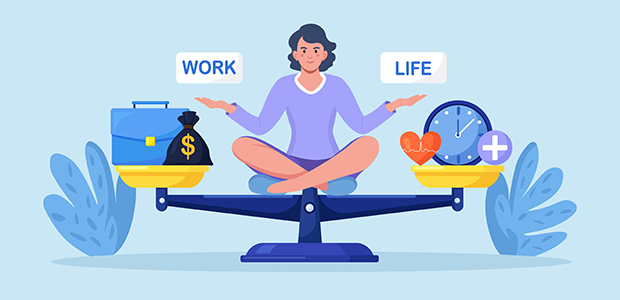The modern home is no longer just a place to sleep and eat. For many, it has become an office, a gym, a classroom, and even a studio. But with so many roles packed into four walls, finding balance at home has become a pressing challenge.

The Blurring of Boundaries
Remote work blurred the once-clear line between professional and personal life. Laptops at dining tables, video calls in bedrooms — home became the workplace. While this brought convenience, it also created fatigue and burnout.
Designing Spaces with Intention
Experts recommend carving out physical zones for different activities. A corner desk signals work; a cozy nook encourages reading; a quiet spot fosters meditation. Even in small apartments, intentional design helps the brain separate tasks.
The Role of Family and Community
Homes are not just physical structures — they are emotional ecosystems. Sharing chores, setting boundaries, and dedicating time to family meals can restore balance. A household thrives not only on productivity but also on care and connection.
Technology as Helper, Not Master
Smart home devices can ease burdens — from scheduling reminders to managing energy use. But technology should remain a tool, not an overlord. Screen-free evenings or device-free meals are small steps toward reclaiming home life.
A balanced home is not about perfection. It’s about creating a rhythm where rest, work, and connection coexist harmoniously. In the chaos of modern life, home should remain the center of peace.

